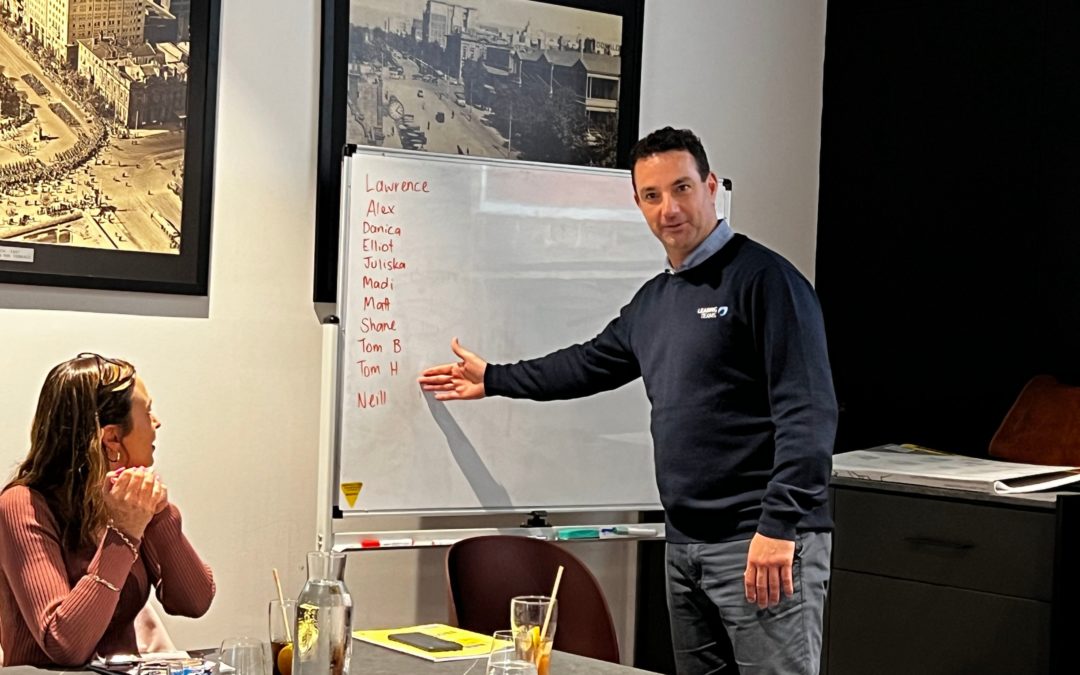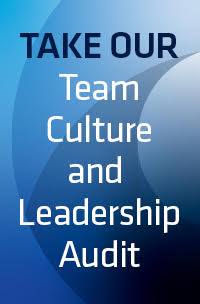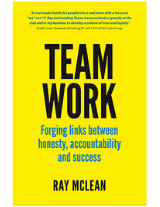Anyone who follows professional sport will have heard about the post-match review. Most people assume that the coaches are sitting and re-watching footage for tactical reasons – for example ‘We let that opposition player have too much space on the left side’ or ‘If we’d cut to the middle here we’d have been free’. It is not surprising that individual athletes, such as tennis players or golfers, do the same. What may be surprising is that the coaching staff are not only looking at the x’s and o’s. They are also looking at player behaviours. ‘Why did that player not take a risk?’ or ‘Did a leader go and talk to the new player after an error?’
What are they reviewing against?
To effectively review any performance, you need a clearly defined benchmark or framework. This allows for a fair review and limits the interference of bias. For some teams this is a simple concept and KPIs are used. You may be reviewing a specific marketing campaign and saying that your benchmark was a return of $3 for every $1 spent.
The problem with this sort of review is that you are only looking at part of the picture. It is like a sports team saying ‘We want to win the game’. What if your team is the least experienced in the league, is playing away from home and ¼ of the team is sick with food poisoning? Every team will face uncontrollable external pressures. Using the marketing example above, what if your bigger competitor launches an even bigger campaign to counteract your promotion?
This is where looking at how we went about the job/project/task comes in. If one of our values/behaviours is ‘We take risks’, did we take risks? Who took the most risks, did anyone hold back? If we say we are a collaborative team, was this a collaborative effort? Who in the team collaborated well and who could have improved?
This is the kind of review an elite team or athlete undertakes after every game. The results will come if we examine how we performed from both a mechanical standpoint, but also a behavioural one. Take a tennis player who performs better when calm, but occasionally loses their temper. If they can review a match, understand why they lost their temper and then act in the future to remain calm, their results should improve. Teams and individuals can, and should, undertake the same process that we call – Learn, commit, do and review.
Learn – look back at what we have done and learn from it.
Commit – put in place an accountable plan so that our learnings can be actioned.
Do – put that plan into action when next we have a chance.
Review – set up a rigorous review process so that we can start the learning again.
By working through this cycle incremental improvements are made, and performance improves. There is a reason that the very best teams and individuals in the world still have coaches – everyone can improve.
If you were to rigorously review your 2020 what would you learn, what actions would you wish to take in the future and would you be willing to review again to check your progress?

Lisa joined Leading Teams after a successful tenure as Head Coach of the Australian Diamonds national women’s netball team.
Learn more about Lisa.




